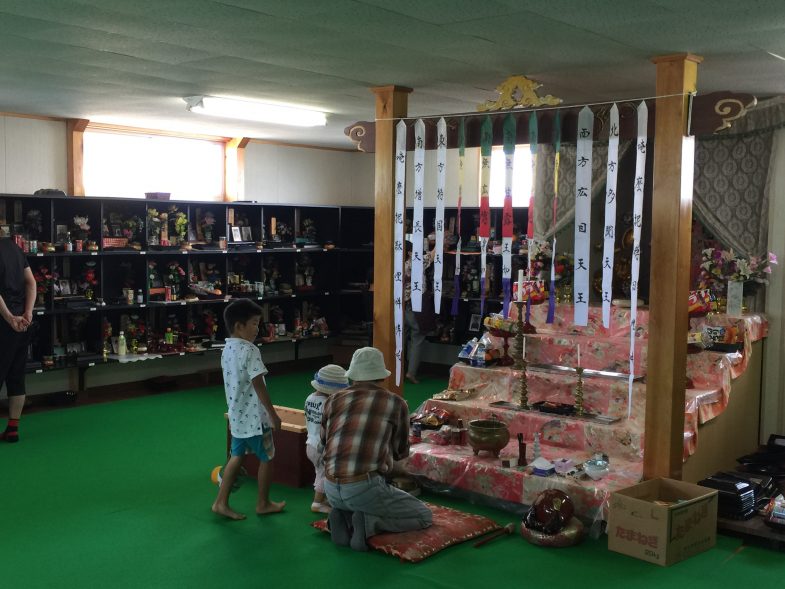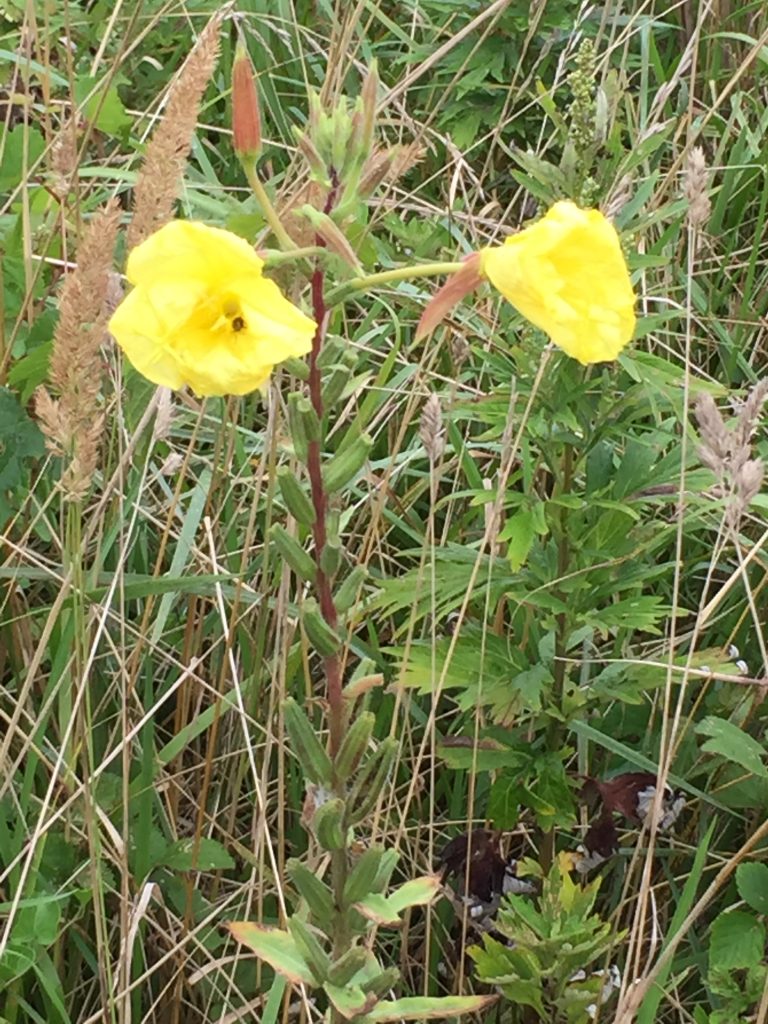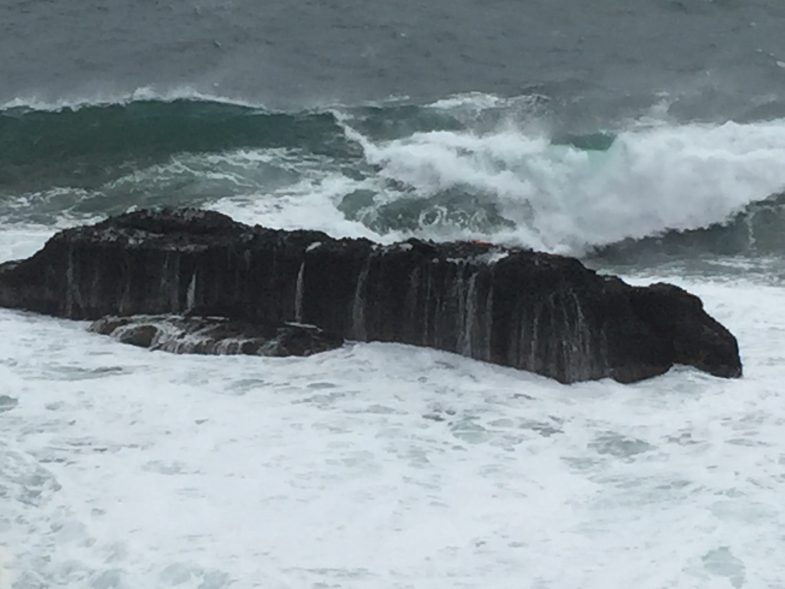
お盆が始まった。Ócáid reiligiúnach náisiúnta seo、iad siúd a ghlacann go traidisiúnta leis、an duine a dhéanann neamhaird、an duine a úsáideann é、Daoine nach n-oibríonn ach le linn na tréimhse sin、Is tionscadal mór é a bhfuil baint ag gach duine leis.。
“traidisiún” bréagach、Custaim atá imithe、Le feiceáil agus ag imeacht sa chaos seo。Is é an grianghraf de teampall a bhí scriosta i tine ollmhór.、Radharc den limistéar feithimh, a úsáidtear mar áit scíthe do dhaoine atá ag lorg cuimhní pearsanta.。

